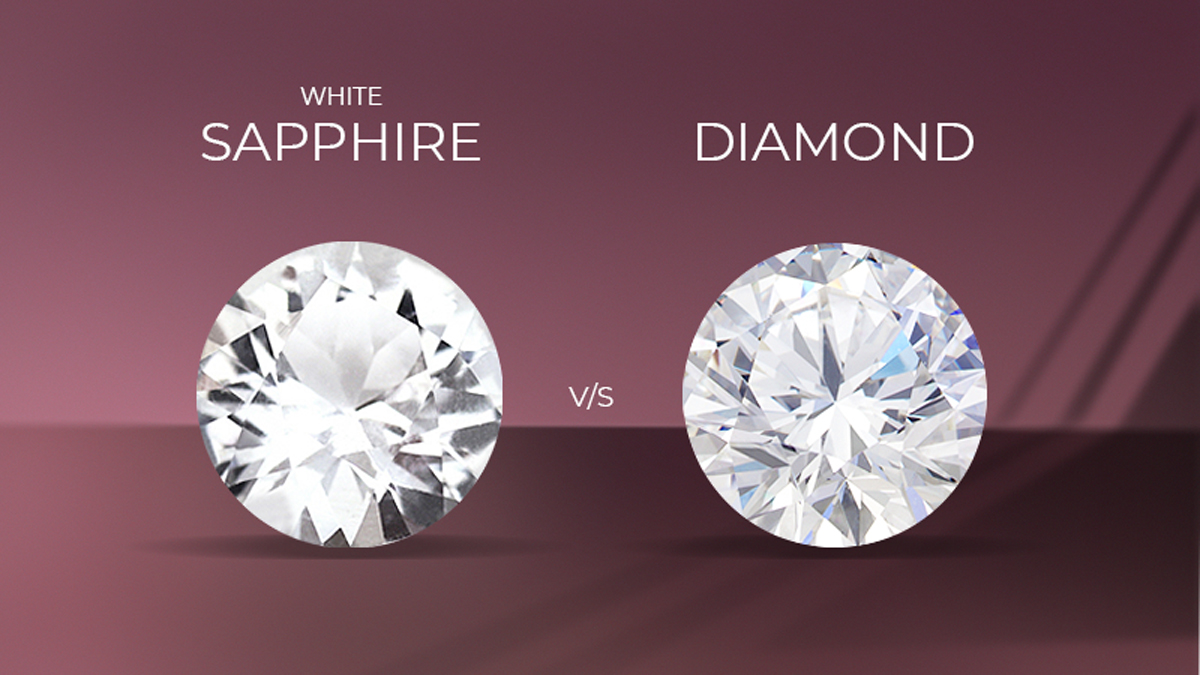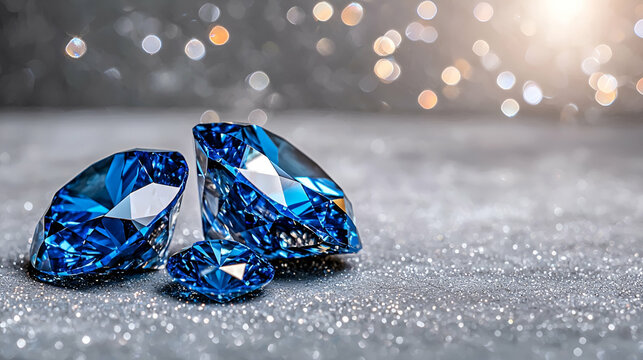Lab Diamonds Are the Future: A Revolutionary Shift in the Jewelry Industry

In recent years, lab diamonds have emerged as a game-changer in the world of fine jewelry, and many experts believe lab diamonds are the future of the industry. Unlike traditional diamonds, which are mined from the earth, lab diamonds are created in controlled environments using advanced technology. This innovation has led to growing interest in lab-grown diamonds for their ethical, environmental, and economic benefits. In this article, we will explore why lab diamonds are the future, their impact on the diamond industry, and why consumers are increasingly choosing them over mined diamonds.
The Growing Popularity of Lab Diamonds
Lab diamonds are gaining traction as consumers become more conscious of the ethical and environmental implications of diamond mining. The growing concern over issues such as human rights abuses, environmental degradation, and the funding of conflict through mined diamonds has prompted many to seek alternative solutions. As a result, lab diamonds are becoming increasingly popular as a responsible choice for engagement rings, wedding bands, and other fine jewelry pieces.
Unlike natural diamonds, which are extracted from the earth through a mining process that can cause significant harm to the environment, lab diamonds are created using sustainable methods. This makes lab diamonds a preferred choice for individuals who want to invest in beautiful jewelry without contributing to the negative impact of diamond mining. As awareness of these issues continues to grow, it is clear that lab diamonds are the future of the jewelry industry.
The Advantages of Lab Diamonds Over Mined Diamonds
One of the primary reasons lab diamonds are the future of the jewelry industry is the many advantages they offer over mined diamonds. For starters, lab diamonds are virtually identical to natural diamonds in terms of appearance, hardness, and chemical composition. Both lab-grown and natural diamonds are made of pure carbon, and they have the same crystal structure. As a result, lab diamonds are just as durable and beautiful as mined diamonds, making them an ideal choice for fine jewelry.
Another significant advantage of lab diamonds is their environmental impact. Diamond mining is a resource-intensive process that often results in deforestation, habitat destruction, and water pollution. In contrast, lab diamonds are created in controlled laboratory settings, where their production does not harm the environment. This sustainability factor is becoming increasingly important to consumers, especially those who are concerned about the long-term health of the planet. Given these advantages, lab diamonds are the future of sustainable jewelry.
Lab Diamonds Are More Affordable
Affordability is another key factor that makes lab diamonds the future of the jewelry industry. While mined diamonds are often priced based on their rarity, lab diamonds are produced in a controlled environment, which significantly reduces their cost. As a result, lab diamonds are typically much more affordable than natural diamonds of similar size and quality. This affordability allows consumers to purchase larger, higher-quality diamonds without breaking the bank.
Moreover, lab diamonds are an excellent option for individuals who want to get the most value for their money. Because lab diamonds are less expensive to produce than mined diamonds, consumers can enjoy a larger and more beautiful stone for the same price. The affordability of lab diamonds is especially appealing for couples who are looking for an ethical and sustainable choice that also offers great value. With this combination of factors, lab diamonds are quickly becoming the future of affordable luxury in the jewelry industry.
The Ethical Appeal of Lab Diamonds
As consumers become more socially and environmentally conscious, ethical considerations are playing a larger role in their purchasing decisions. Lab diamonds are the future of ethical jewelry because they are created in a way that eliminates many of the ethical concerns associated with traditional diamond mining. Mined diamonds have long been linked to issues such as child labor, exploitative working conditions, and the financing of armed conflict. By choosing lab diamonds, consumers can avoid supporting these unethical practices.
Lab diamonds are also produced with a focus on transparency. Many lab-grown diamond companies offer detailed reports about the sourcing and production of their diamonds, ensuring that consumers can make informed decisions about their purchases. This transparency builds trust and encourages responsible consumerism, which is essential for the future of the jewelry industry.
Lab Diamonds and Technological Innovation
The technological advances that have made lab diamonds possible are another reason why lab diamonds are the future. With the development of two main methods for creating lab diamonds—the High Pressure High Temperature (HPHT) method and the Chemical Vapor Deposition (CVD) method—scientists are able to replicate the natural conditions under which diamonds form deep within the Earth. These methods allow for the production of diamonds that are virtually indistinguishable from those mined from the Earth.
The ongoing improvement of these technologies means that lab grown diamonds will continue to evolve, becoming even more affordable, accessible, and high-quality in the future. As the science behind lab diamonds progresses, we can expect even greater advancements in terms of both the production process and the final product. This technological innovation further reinforces the idea that lab diamonds are the future of the jewelry industry.
Lab Diamonds Are Gaining Recognition and Certification
Another reason lab diamonds are the future is the growing recognition and certification they are receiving from reputable organizations. In the past, there was some skepticism around lab-grown diamonds, but this has changed in recent years. Today, lab diamonds are recognized by the same certification organizations that grade mined diamonds, such as the Gemological Institute of America (GIA) and the International Gemological Institute (IGI). These certifications ensure that lab-grown diamonds are held to the same high standards as their mined counterparts in terms of quality and authenticity.
This recognition has helped to boost consumer confidence in lab diamonds, making them a more attractive option for buyers. As more jewelers and consumers embrace lab diamonds, it’s clear that they will continue to play a significant role in the future of the industry.
Lab Diamonds and the Future of the Jewelry Market
As demand for ethical, sustainable, and affordable jewelry continues to rise, it is evident that lab diamonds are poised to dominate the future of the jewelry market. With their numerous advantages, including lower cost, ethical production methods, and technological advancements, lab diamonds are well-positioned to meet the evolving needs and values of consumers. As the market for lab diamonds grows, more jewelers will begin offering these stones, further increasing their visibility and availability.
In addition to their growing popularity in the engagement ring market, lab diamonds are also making their way into other areas of fine jewelry, such as necklaces, earrings, and bracelets. As the lab diamond industry continues to expand, it will likely have a transformative impact on the overall jewelry landscape, shaping the way consumers think about diamonds and fine jewelry.
Conclusion
In conclusion, lab diamonds are the future of the jewelry industry for several compelling reasons. They offer a sustainable, ethical, and affordable alternative to traditional mined diamonds, and their technological advancements continue to improve their quality and accessibility. As consumer demand for ethically sourced and environmentally friendly products grows, lab diamonds will become an increasingly important part of the market. Whether for engagement rings or other fine jewelry, lab diamonds are poised to redefine the industry, making them a key player in the future of luxury jewelry.






